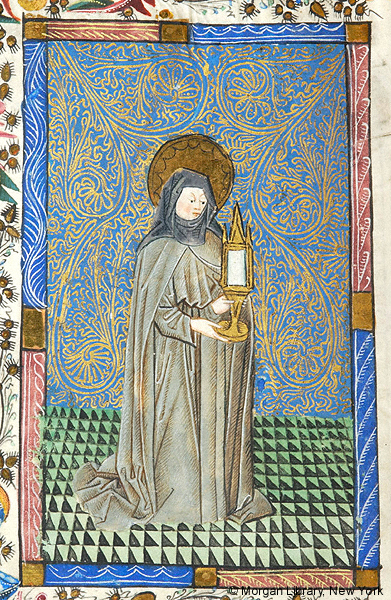I'm well below the heady heights of 2022, when, in my own words offered as a humorous threat, I played more D&D than I ever have before. And by D&D, I mean D&D and a whole lot of other things. Even so, I've continued to churn along with a narrowed set of games across both campaigns and one-shots.
First, the one-shots.
My greater neighborhood Discord server organizes and runs up to three RPG Fests each year. We've been doing this for several years now, having kicked off the idea in 2021 as an outdoor get-together in one guy's back yard. In the years since we started this, the Discord has grown organically, and has spilled out to include people in other parts of NYC, mostly in Queens.
2024 was no exception here. We regularly manage somewhere around 25 tables, and looking at the statistics for our last fest of 2024 (Spookyfest), I can see that we had 19 systems represented (and 19 DMs..) for our 25 games, attracting 82 people to 138 seats. Not bad! I have participated in every fest since the inception, at times running multiple games, though I've backed off of that commitment.
In 2024, I ran Old-School Essentials for two fests, one in March and one in August, and I ran Cairn 2e for Spookyfest in late October (I think my game was actually in early November). For the OSE games, I attempted to run The Black Wyrm of Brandonsford, vastly underestimating the adventure time, alas, but I have other uses for it, and The Sunbathers, which I will 100% reprise for other groups; solid module. For my Cairn game, I ran the as yet pre-published adventure Dread Hospitality, also a solid module I'd like to drop in somewhere else. (And imagine my surprise at just happening to see the author, Amanda P., pop into and out of our neighborhood Discord because the public listing for the event showed up among very few search results for “Dread Hospitality”.)
I was happy to introduce some folks to new systems and look forward to more of the same in 2025.
From a campaigns perspective, I had 3 things going on. I started 2024 with one ongoing campaign and one in need of revitalization. The ongoing campaign was Secret of the Black Crag, which I ran on Saturday evenings. It took longer than I had anticipated, and I think my players had fun with it. I reviewed it mostly favorably. I decided to make my Saturday evening game a seasonal thing, so I took the summer off to develop the next campaign, which takes place in Dolmenwood. This will continue into late Spring 2025, after which I will retool and see what comes next. There are many options!
The campaign to revitalize came about because my 8 year old Sunday group has had considerable inconsistency in meeting of late. My move out of the neighborhood impacted only choice of hosting locations, but ultimately hasn't been the deciding factor. In any case, the inconsistent meeting schedule worked against our DM for the group, and he called it quits on the game he was running for us. So I offered at the end of 2023 to run some one-shots of other things to see what stuck. OSE and Dragonbane were on the table, but ultimately they ... asked for 5e again. So I dusted off my notes for a campaign sub-setting I had introduced them to via one-shots in the past, a setting I call Underscourge, and we made a campaign out of it. In the meantime, I have transitioned them to a dungeon crawl via Quests from the Infinite Staircase, which I have loosely connected to my sub-setting by Frankensteining the super-setting (called Yer Shar), the sub-setting (Underscourge), Trilemma Adventures, other modules as appropriate, Veins of the Earth, and Quests from the Infinite Staircase into a glorious mess of who knows what! It occurs to me I should write this up more fully at some point.
This revitalized campaign structure is intended to persist into 2025. I'm also aiming for a multi-DM approach, though the structure of this beyond “run the Quests from the Infinite Staircase modules in order, one per DM” is yet to be determined. We're hoping this is a good way forward, but only the days ahead can really tell us.
2024 was a decent year for me and TTRPGs, and it's looking like 2025 will be as well.
++++
Like what you just read? You can subscribe to new posts on this blog via any ActivityPub platform (Mastodon, Pleroma, etc.) at @aaron@blog.hilltown.studio or via RSS at https://blog.hilltown.studio/feed
